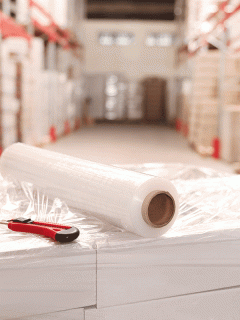One of the central elements in the world of work is occupational health and safety. After all, safe working conditions form the basis for a functioning company. In Germany, occupational health and safety is regulated in the Occupational Health and Safety Act (ArbSchG). This obliges the employer to assess health hazards at the workplace, to decide on the necessary protective measures and then to ensure occupational safety accordingly. The Act is given concrete form by a whole series of occupational health and safety ordinances. These range from the safe design of workplaces and workstations, the safe use of work equipment, noise protection, occupational health precautions to the handling of hazardous substances.
Categories of PPE
Personal protective equipment (PPE) is part of the Occupational Health and Safety Act. It is explicitly regulated in the PPE Use Ordinance (PSA-BV) and its use must be made possible by the employer. PPE includes all equipment and facilities that protect against acute injuries or occupational diseases. In the PPE Ordinance and the European Directive 89/686/EEC, all work equipment is classified into three PPE categories, which are based on the expected severity of injury:
- Mechanical injuries that occur superficially (e.g. gardening gloves against cuts).
- Contact with hot objects (e.g. apron against hot cooking surface)
- Contact with slightly aggressive cleaning agents (e.g. protective gloves against acidic agents)
- Damage to eyesight due to weather conditions of a non-extreme nature (e.g. sunglasses against solar radiation)
- ionising radiation,
- a particularly hot environment (100 °C or more),
- a particularly cold environment (-50°C or less),
- falling from a great height,
- electric shocks,
- cutting injuries from chainsaws,
- harmful noise,
- projectiles,
- biological and chemical hazards
- lack of oxygen.
Many European directives stipulate that products must bear the CE marking. This marking declares to the authorities that the product complies with all applicable European regulations and has undergone the prescribed conformity assessment procedures.
Our article on the topic of workwear and protective clothing provides even more information on the subject.
Chemical protective clothing
In the field of chemical protective clothing, the European Union has defined 6 types of protection grades. In order to be allowed to carry the CE mark at all, minimum requirements regarding the physical and chemical material properties must be fulfilled and correctly labelled, as well as provided with the corresponding information. The various types of clothing are subject to different DIN standards that define and regulate their respective functions.
According to DIN EN standard 14605 for protective clothing against liquid chemicals, a distinction is made between two types:














